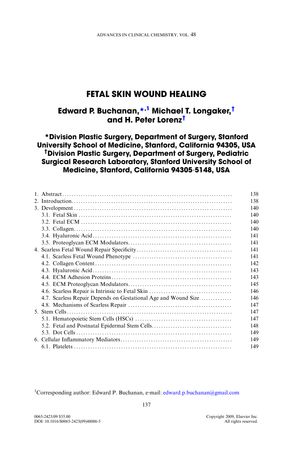TLDR Fetal skin heals without scarring due to unique cells and processes not present in adult skin healing.
The document from 2009 examines the unique characteristics of fetal skin wound healing, which allows for scarless repair, in contrast to adult wound healing that typically results in scarring. It identifies key differences in the wound healing process, such as the inflammatory response, cellular mediators, cytokines, growth factors, and extracellular matrix (ECM) modulators. Fetal skin has a developing ECM that facilitates cellular migration and is characterized by fine reticular collagen and abundant hyaluronic acid. The paper also discusses the role of fibroblasts, which in fetal skin have a greater ability to synthesize ECM components and have different surface receptors and growth factor expressions compared to adult fibroblasts. The document suggests that understanding the molecular and cellular mechanisms of scarless fetal wound healing could lead to therapeutic strategies to reduce scarring in adult wounds. It also notes that scarless repair is intrinsic to fetal skin, organ-specific, and dependent on gestational age and wound size. The presence of unique cell types and stem cells, such as Dot cells, and the reduced number and function of inflammatory mediators like platelets and neutrophils in fetal wounds are also highlighted as contributing factors to scarless healing.
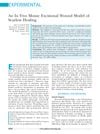 58 citations
,
June 2006 in “Plastic and Reconstructive Surgery”
58 citations
,
June 2006 in “Plastic and Reconstructive Surgery” Mice healed without scars as fetuses but developed scars as adults, suggesting scarless healing might be replicated with further research.
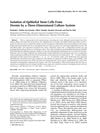 38 citations
,
January 2006 in “Journal of Cellular Biochemistry”
38 citations
,
January 2006 in “Journal of Cellular Biochemistry” Researchers isolated a new type of stem cell from mouse skin that can renew itself and turn into multiple cell types.
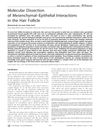 417 citations
,
September 2005 in “PLoS biology”
417 citations
,
September 2005 in “PLoS biology” Understanding gene expression in hair follicles can reveal insights into hair growth and disorders.
561 citations
,
April 2003 in “Journal of Investigative Dermatology” CD34 is a marker for isolating stem-like cells in mouse hair follicles.
99 citations
,
January 2002 in “Plastic & Reconstructive Surgery” Fetal rat wounds heal without scars at 16.5 days gestation.
949 citations
,
January 2001 in “Cell” Adult mouse skin contains stem cells that can create new hair, skin, and oil glands.
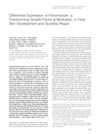 168 citations
,
August 2000 in “American Journal of Pathology”
168 citations
,
August 2000 in “American Journal of Pathology” Fibromodulin might help reduce scarring if increased in adult wounds like in fetal skin that heals without scars.
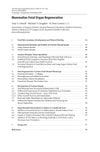 32 citations
,
January 2005 in “Advances in Biochemical Engineering / Biotechnology”
32 citations
,
January 2005 in “Advances in Biochemical Engineering / Biotechnology” Fetal wounds heal without scarring because of different biological factors, which could help improve adult wound healing.
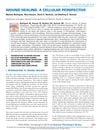 1160 citations
,
November 2018 in “Physiological Reviews”
1160 citations
,
November 2018 in “Physiological Reviews” The document concludes that better targeted treatments are needed for wound healing, and single-cell technologies may improve cell-based therapies.
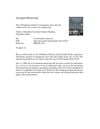 9 citations
,
November 2018 in “Drug Discovery Today”
9 citations
,
November 2018 in “Drug Discovery Today” Using skin stem cells and certain molecules might lead to scar-free skin healing.
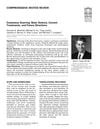 178 citations
,
August 2016 in “Advances in wound care”
178 citations
,
August 2016 in “Advances in wound care” New effective scar treatments are urgently needed due to the current options' limited success.
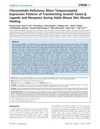 32 citations
,
March 2014 in “PLOS ONE”
32 citations
,
March 2014 in “PLOS ONE” Mice lacking fibromodulin have disrupted healing patterns, leading to abnormal skin repair and scarring.
